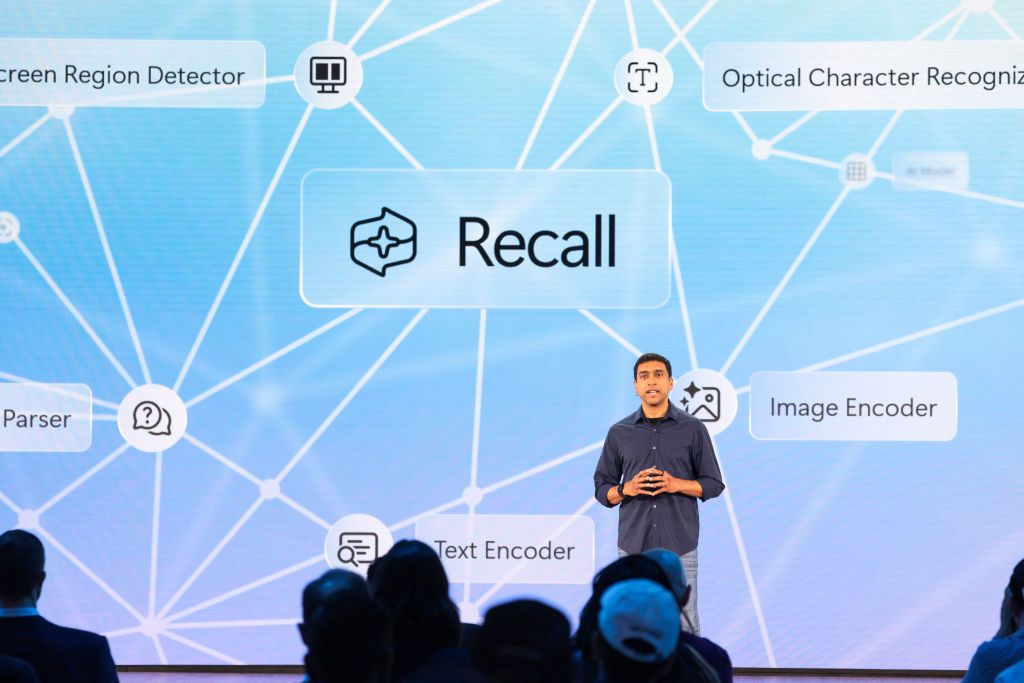There has never been more demand for exceptional business-consumer interactions than today: 80% of customers say their experience with companies is as important as their products or services. But the public’s definition of exceptional has heightened, too.
Companies have an hour window to resolve customer service tickets if they wish to meet their customer’s expectations for quality service. According to the 2024 HubSpot State of Customer Service report, 21% of customers expect their ticket to be resolved immediately, while 23% expect it to be fixed within an hour.
Agents must find ways to respond to an average of 17,630 support requests each month — roughly one hundred tickets per hour, for the standard 9-5 worker. AI chatbot support is lightening the load by automating low-complex tickets, analyzing customer sentiment, and generating personalized responses, all with the supervision of experienced customer service personnel.
Let’s explore three main benefits of how AI live support can enhance the customer experience.
Founder and CEO of QuickBlox.
Round-the-clock readiness
Customer service bots perform better than agents when they are faster while accurate, meaning customers prioritize speed to resolution over human interaction. The answer, then, lies in finding the tasks chatbots can resolve accurately.
Low-complex tasks that save customer service agents hours of time include:
Automating note-taking and post-call processing: Transcripts and call summaries logged in the customers’ profiles allow agents to keep track of the customer’s interactions with the company, prevent them from repeating information, and ensure all key information is available to resolve the matter at hand. Agents can also provide their full attention to the customer on the call without worrying about jotting down the information.
Assist agents as they type: Predictive typing and automated response generation are made possible with large language models (LLMs). These chatbots can digest written and audible context and suggest appropriate answers for the agent to review, accept, or edit.
Self-service options: AI can provide immediate answers to frequently asked questions (FAQs) and guide customers through troubleshooting steps, empowering them to resolve issues independently at any time of day.
By investing in LLMs and developing service bot capabilities, companies can speed up response times, boost satisfaction, and improve user journeys.
Tailored customer experiences
Using AI in live chat allows you to offer personalized interactions with your customers, and provide a more consistent level of quality care.
Say a disgruntled customer voice notes or types a frustrated message to a customer service representative: My parcel is not here, AGAIN. LLMs, fine-tuned with sentiment analysis tools, can identify the use of uppercase and negative adverbs to recognize the tone of the message. In seconds, they can flag an automated verification to investigate previous interactions with the customer and their loyalty to the brand and make an executive decision to offer an apology, a replacement delivery, or a discount.
Based on the context of the message, AI can offer tailored solutions to customer inquiries and adapt its language and tone to match the customer’s preferences and communication style.
Customer service agents can also program chatbots to respond instantly with on-hold messaging, and rate the severity of the sentiment based on internal values. For example, if a particular customer has had multiple issues, the high severity could trigger the bot to connect the customer directly with an agent.
Anticipate customer needs
The more agents know about their customers, the better and more proactive their support can be. AI helps agents extract insights from each conversation, and the more customers interact with chatbots, the more companies will be able to cater to their needs.
Imagine an online customer has viewed several pairs of jeans, and added one pair to the cart, but hasn’t checked out. Based on this behavior, the chatbot could anticipate the customer’s potential needs and offer proactive assistance, such as, “Looking for the perfect top to go with those jeans? Check out our new arrivals!” or, “Need help finding the right size? Our size chart can help!” If the customer has purchased similar items in the past, the chatbot can better match items to their style, or even coordinate new items with previous purchases. If the customer responds, perhaps, “Hey, I like the blue one, do you have more like those?” These preferences can be saved for future interactions.
By better understanding the customer’s needs with AI, companies can improve response accuracy, take on more complex tasks, and even predict what customers need before they raise a ticket.
Customer service teams are stretched to meet overwhelming ticket volumes each hour and offer the same patience and high-quality care. AI live support offers a much-needed solution by automating routine tasks, enhancing agent efficiency, and providing data-driven insights. Agents who are free from mundane responsibilities can prioritize delivering quality customer interactions. Moreover, as AI capabilities expand and data collection grows, the potential for hyper-personalized and predictive customer care becomes increasingly attainable.
We’ve listed the best help desk software.
This article was produced as part of TechRadarPro’s Expert Insights channel where we feature the best and brightest minds in the technology industry today. The views expressed here are those of the author and are not necessarily those of TechRadarPro or Future plc. If you are interested in contributing find out more here: https://www.techradar.com/news/submit-your-story-to-techradar-pro





